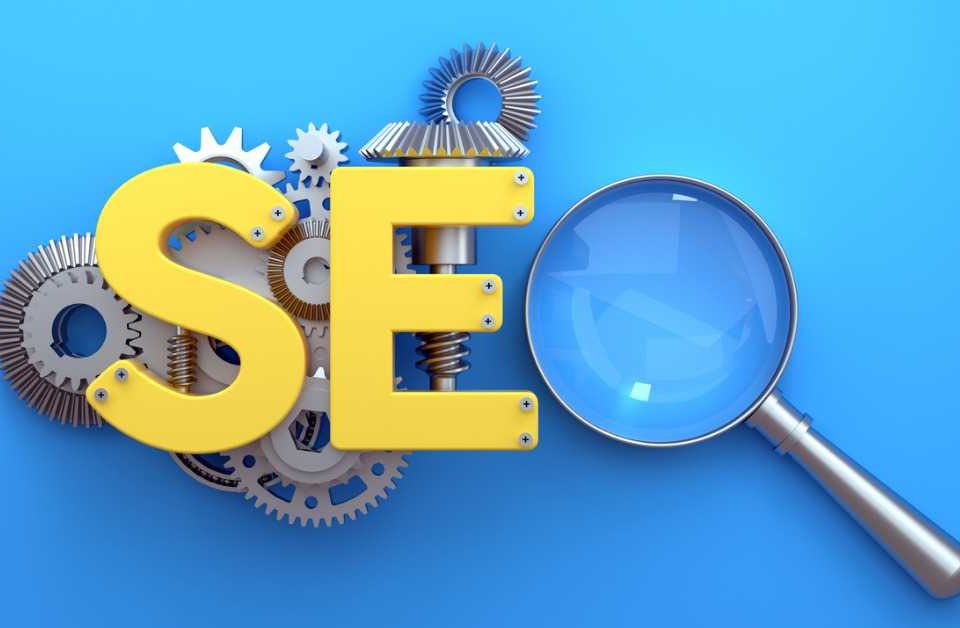
What is your approach to keyword research and how do you ensure that the selected keywords align with our business goals?
January 19, 2024In the dynamic landscape of online presence, on-page optimization stands as a cornerstone for ensuring your website not only meets the criteria of search engines but also provides a seamless and enriching experience for your users. The significance of on-page optimization cannot be overstated – it directly influences your search engine rankings, user engagement, and overall online success. In this comprehensive guide, we delve into the intricacies of on-page optimization, exploring strategies and best practices to enhance your website’s visibility in search engine results.
Understanding On-Page Optimization
On-page optimization refers to the process of optimizing individual web pages to rank higher and earn more relevant traffic in search engines. It encompasses a range of techniques and best practices that are applied directly on the website itself, influencing how search engines perceive and rank your content. The goal is not just to cater to search engine algorithms but also to provide a valuable and user-friendly experience.
1. Keyword Research and Implementation
The foundation of on-page optimization lies in effective keyword research. Understanding the language your target audience uses when searching for relevant content is crucial. Utilize keyword research tools to identify high-impact keywords related to your industry, products, or services. Once identified, strategically implement these keywords in:
- Title Tags: Craft compelling and concise title tags that incorporate primary keywords to capture user attention and signal relevance to search engines.
- Meta Descriptions: Write informative meta descriptions that not only entice users to click but also provide a concise summary containing targeted keywords.
- Header Tags (H1, H2, H3, etc.): Structure your content with header tags, using them to organize information logically while incorporating relevant keywords.
- URL Structures: Optimize URLs to be both user-friendly and keyword-rich, aiding search engines in understanding the content hierarchy.
2. Content Optimization: Quality Over Quantity
High-quality, relevant, and engaging content is the lifeblood of on-page optimization. Strive to create content that not only aligns with user intent but also answers their queries comprehensively. Optimize your content by:
- Keyword Density: Maintain a natural keyword density, avoiding keyword stuffing. Focus on creating content that flows organically while incorporating targeted keywords where relevant.
- Readability: Use clear and concise language, break content into digestible sections, and utilize bullet points and subheadings for easy navigation.
- Media Optimization: Optimize images and multimedia elements by using descriptive alt text, reducing file sizes for faster loading times, and ensuring multimedia elements contribute to overall user experience.
3. Internal Linking Strategies
Effective internal linking not only assists users in navigating your website but also distributes authority throughout your content. Strategically link relevant pages and articles within your site, using anchor text that provides context to both users and search engines. This helps search engines understand the structure and hierarchy of your content while encouraging users to explore more.
4. Page Load Speed Optimization
User experience is paramount, and page load speed plays a crucial role. Slow-loading pages not only frustrate users but can also negatively impact your search engine rankings. Optimize page load speed by:
- Compressing Images: Reduce image file sizes without compromising quality.
- Minimizing HTTP Requests: Limit the number of elements requiring server requests, such as scripts and stylesheets.
- Browser Caching: Leverage browser caching to store frequently accessed resources locally, reducing load times for returning visitors.
5. Mobile-Friendly Design: Responsive is Essential
With the prevalence of mobile devices, a mobile-friendly design is no longer optional—it’s imperative. Google prioritizes mobile-first indexing, meaning it primarily uses the mobile version of a site for indexing and ranking. Ensure your website is responsive and provides a seamless experience across various devices, screen sizes, and orientations.
6. User Engagement Metrics: Enhancing Dwell Time and Click-Through Rates
Search engines consider user engagement metrics as indicators of content quality and relevance. Encourage longer dwell times and higher click-through rates by:
- Compelling Calls-to-Action (CTAs): Prompt users to take action through strategically placed CTAs.
- Interactive Elements: Incorporate interactive elements such as videos, quizzes, or polls to engage users and extend their time on your site.
- Readability and Formatting: Create scannable content with clear headings, short paragraphs, and engaging multimedia elements.
7. Regular Content Audits and Updates
The digital landscape is ever-evolving, and content that was once relevant may become outdated. Regular content audits help identify opportunities for improvement, ensuring your website stays current and aligned with both user expectations and search engine algorithms. Update outdated information, refresh content, and adapt strategies based on evolving industry trends.
Monitoring and Adapting Strategies
On-page optimization is not a one-time effort but an ongoing process that requires continuous monitoring and adaptation. Utilize web analytics tools to track the performance of your optimized pages, analyzing key metrics such as organic traffic, bounce rates, and conversion rates. Regularly review your keyword strategy, stay informed about algorithm updates, and adapt your on-page optimization strategies to align with changing search engine dynamics.
In Conclusion
On-page optimization is the bedrock of a successful digital presence. By strategically implementing the discussed techniques, you not only enhance your website’s visibility in search engine results but also provide a valuable and seamless experience for your users. Remember, the goal is not just to rank higher but to deliver content that resonates with your audience and drives meaningful interactions. Stay committed to ongoing improvement, adapt to industry changes, and watch as your website ascends to new heights of search engine visibility and user satisfaction.


